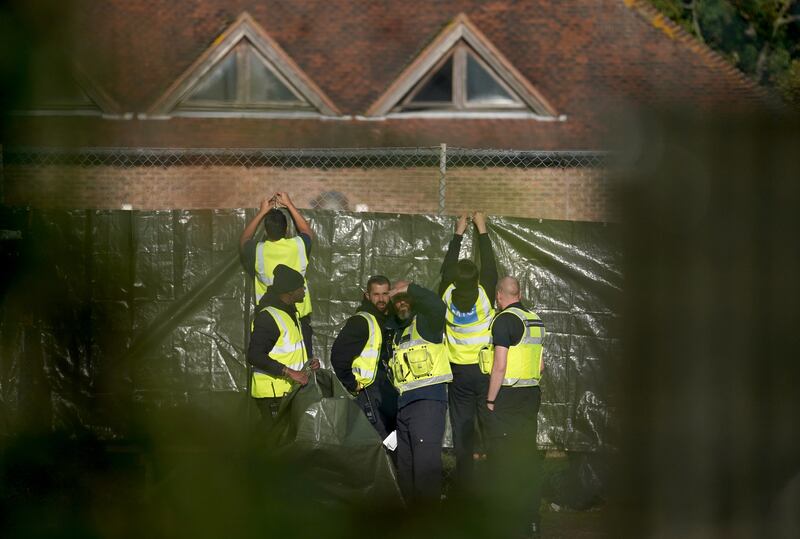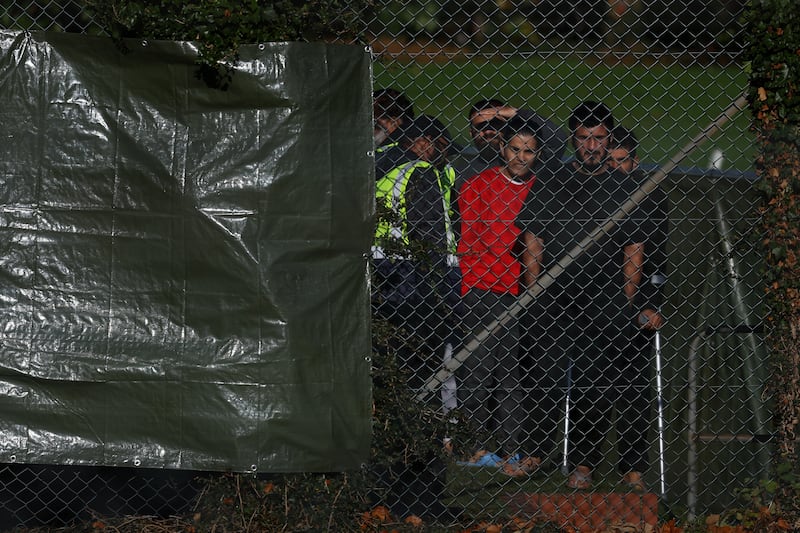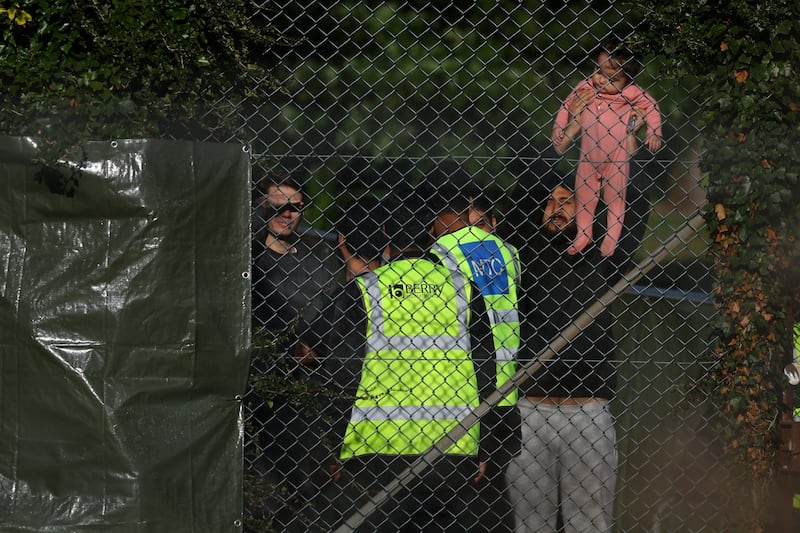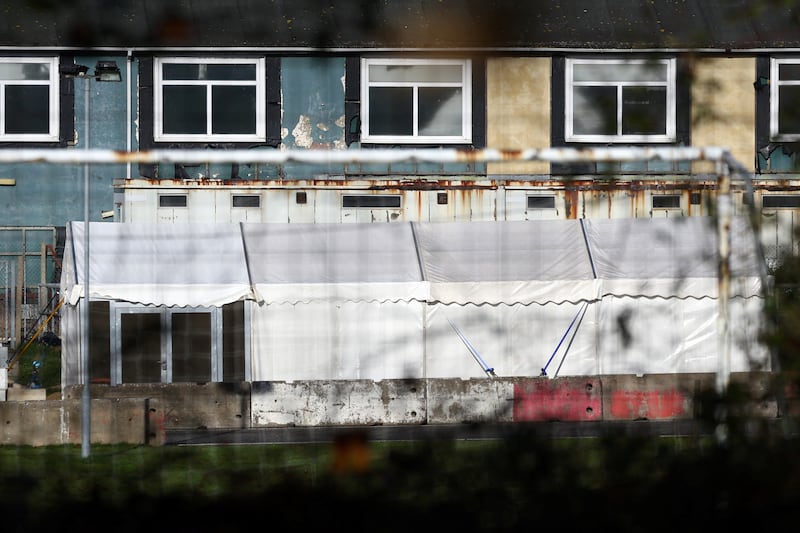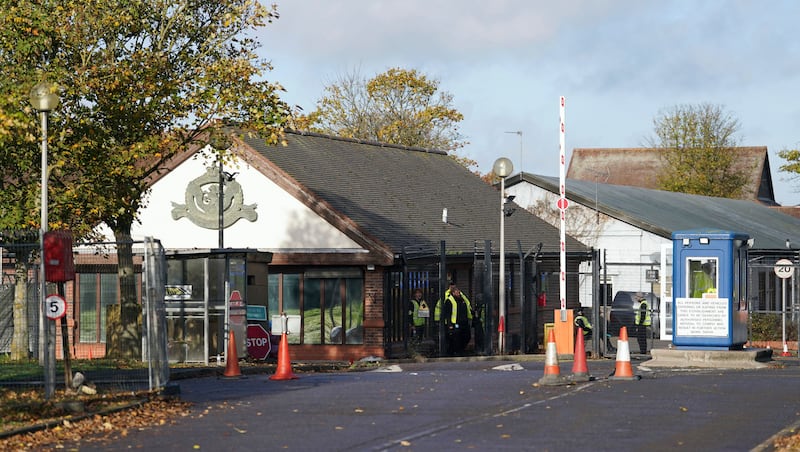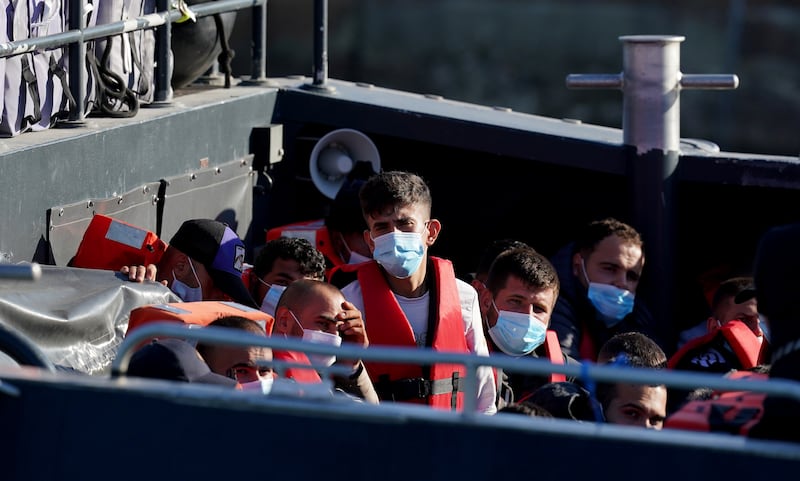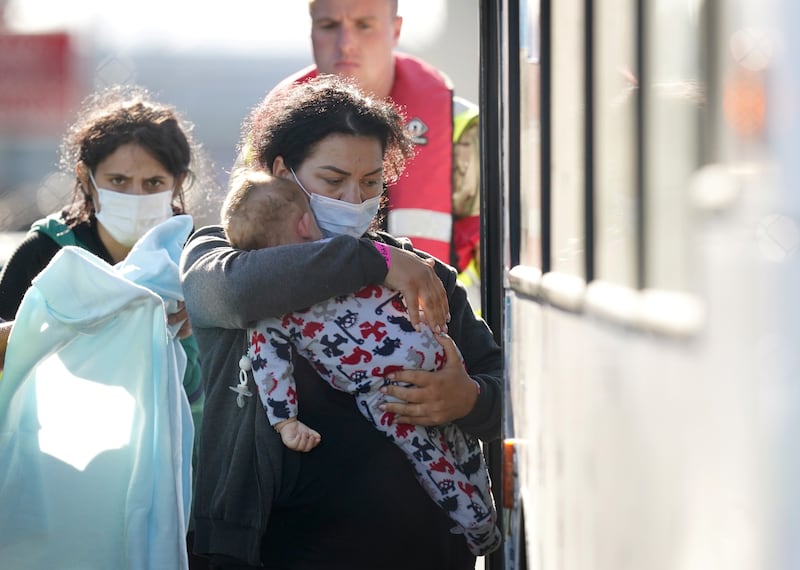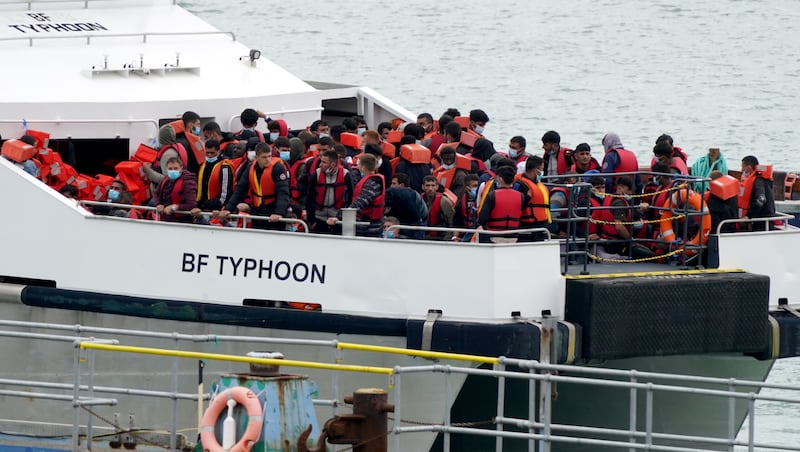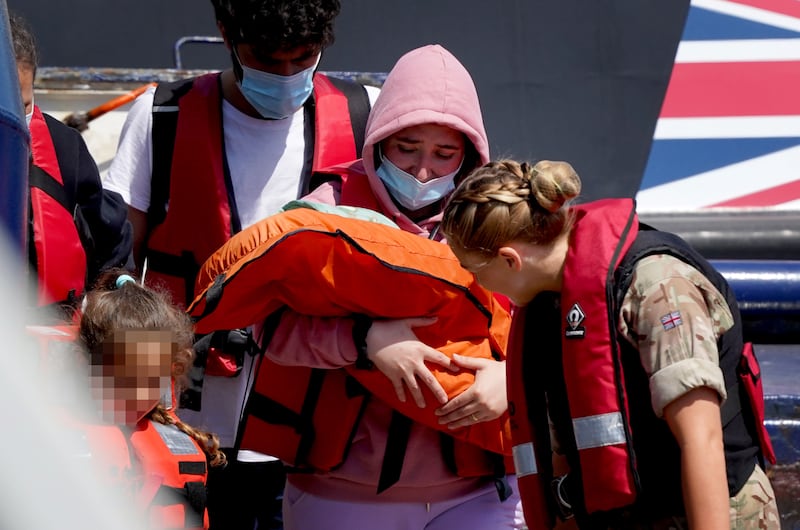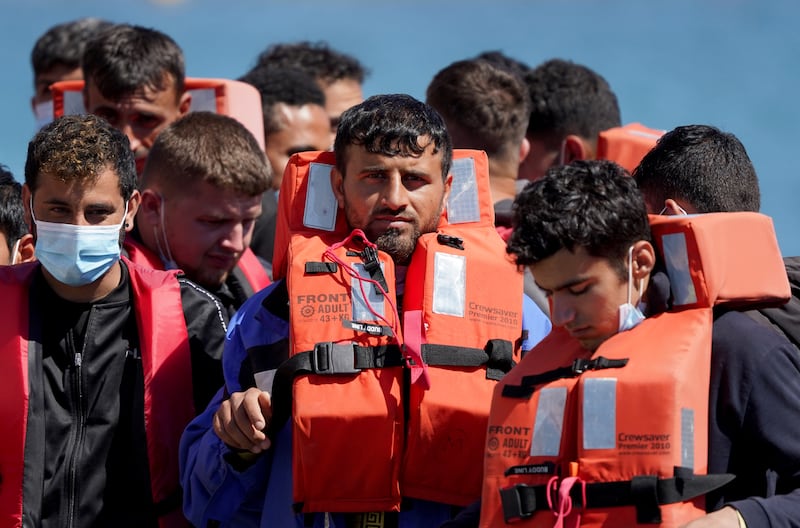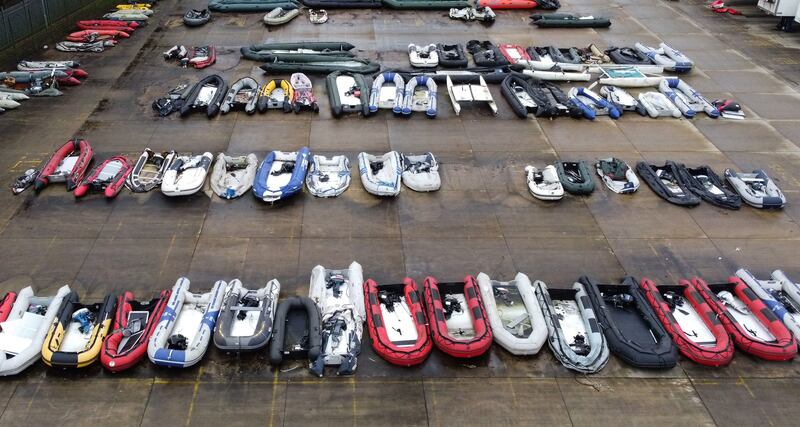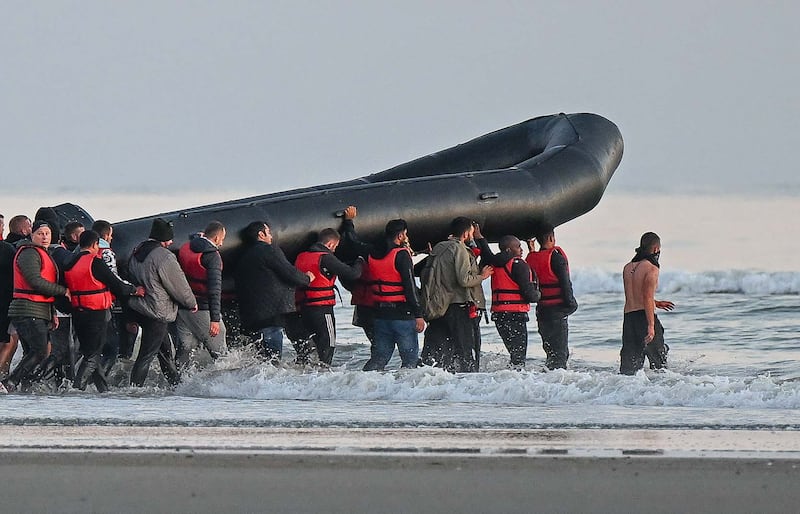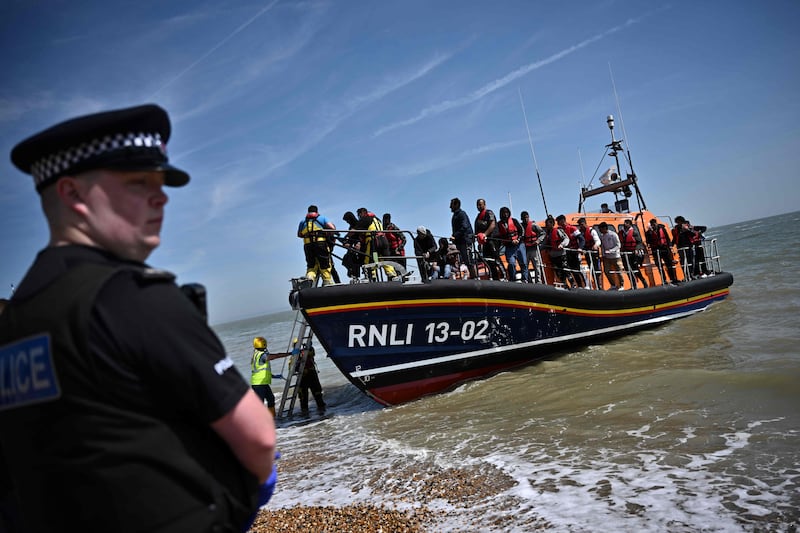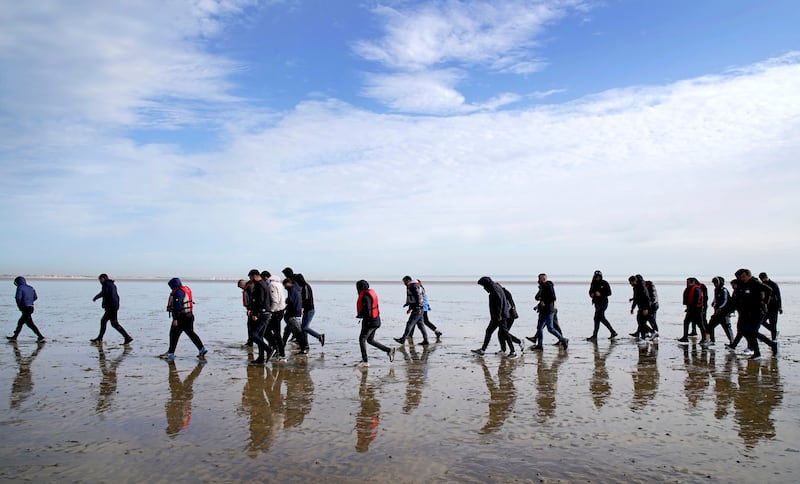Leaders of Austria, Hungary and Serbia on Wednesday held another top-level meeting dedicated to curbing migration.
Plans included sending more than 100 police officers, vehicles equipped with night vision cameras and drones to the border with North Macedonia.
Austria and Hungary also pledged to help Serbia organise deportations of people who arrive there from "safe" countries and are not eligible for asylum in the member states of the EU or in Serbia, officials said.
“We have come to the point where individual EU countries are looking for new forms of partnership outside what is possible in the EU,” Austrian Chancellor Karl Nehammer said.
“The EU’s asylum system has failed.”
Officials from the three countries already held a similar meeting weeks ago and lower-level talks have been held in the meantime.
The initiative came after countries reported a significant increase in the number of migrants moving along the "Balkan route".
Migrants come into Serbia from North Macedonia and Bulgaria after arriving there from Turkey and Greece.
From Serbia, people who are trying to reach Western Europe proceed towards the neighbouring EU member nations Hungary, Romania or Croatia, and further west from there.
Migrants at immigration processing centre in Manston - in pictures
Experts have said that the Balkan land route becomes more active in bad weather when the already perilous crossings over the Mediterranean and Aegean seas become even more dangerous.
Most migrants come from Afghanistan and Syria, but there are also people fleeing poverty and violence in Africa or Asia.
Serbia has been under pressure to revoke its relaxed visa system with countries in Asia and Africa, which have become a source of migration.
President Aleksandar Vucic said that after abolishing visa-free rules with Tunisia and Burundi, Belgrade will change regulations with two more countries by the end of the year.
“We agreed to … engage a higher number of policemen on the border with North Macedonia and substantial equipment, including cars with thermal vision cameras, in order to try to move the defence line towards the south,” Mr Vucic said.
“We are ready to move further south, together with North Macedonia, and thus protect both Europe and our own country.”
Migrant crossings on the English Channel surge amid heatwave - in pictures
Mr Nehammer said Austria could have more than 100,000 asylum requests by the end of the year, compared to about 40,000 people who applied for asylum in 2021.
Hungarian Prime Minister Viktor Orban said his country recorded about 250,000 attempts at illegal border crossings this year.
“We do not need to manage migration. We need to stop it,” said Mr Orban, who is known for his anti-immigration policies.
Dramatic clifftop rescue after migrants’ boat sinks in Greek waters - video
Dramatic clifftop rescue after migrants’ boat sinks in Greek waters
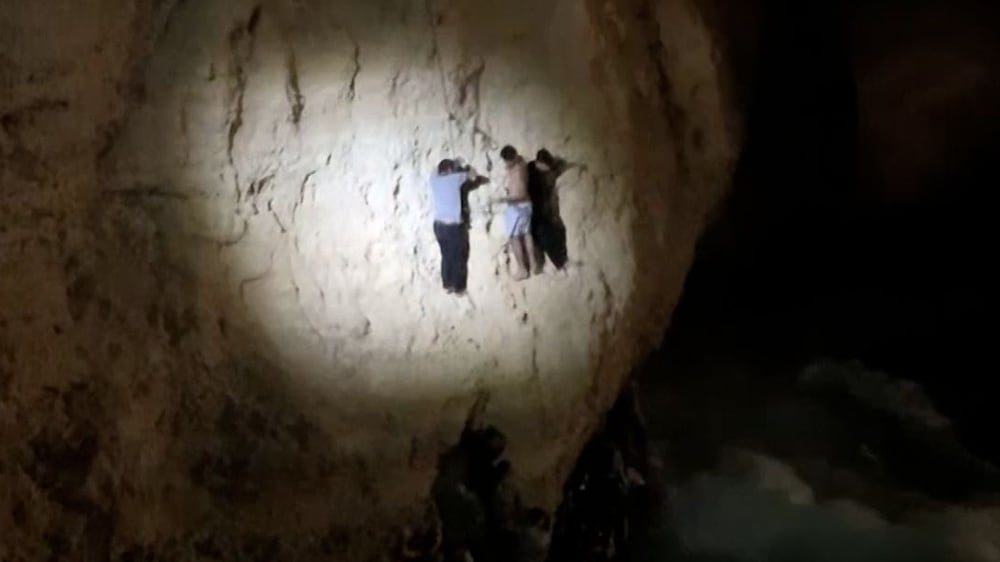
In 2015-2016, Hungary built a razor-wire fence on the border with Serbia to stop people entering.
“We need to show them that they cannot cross,” Mr Orban said.
Migrants often spend months on the road, sleeping outdoors and facing abuse from people smugglers.
Usually, migrants make dozens of attempts to cross borders with police pushing them back, before they manage to move on.



